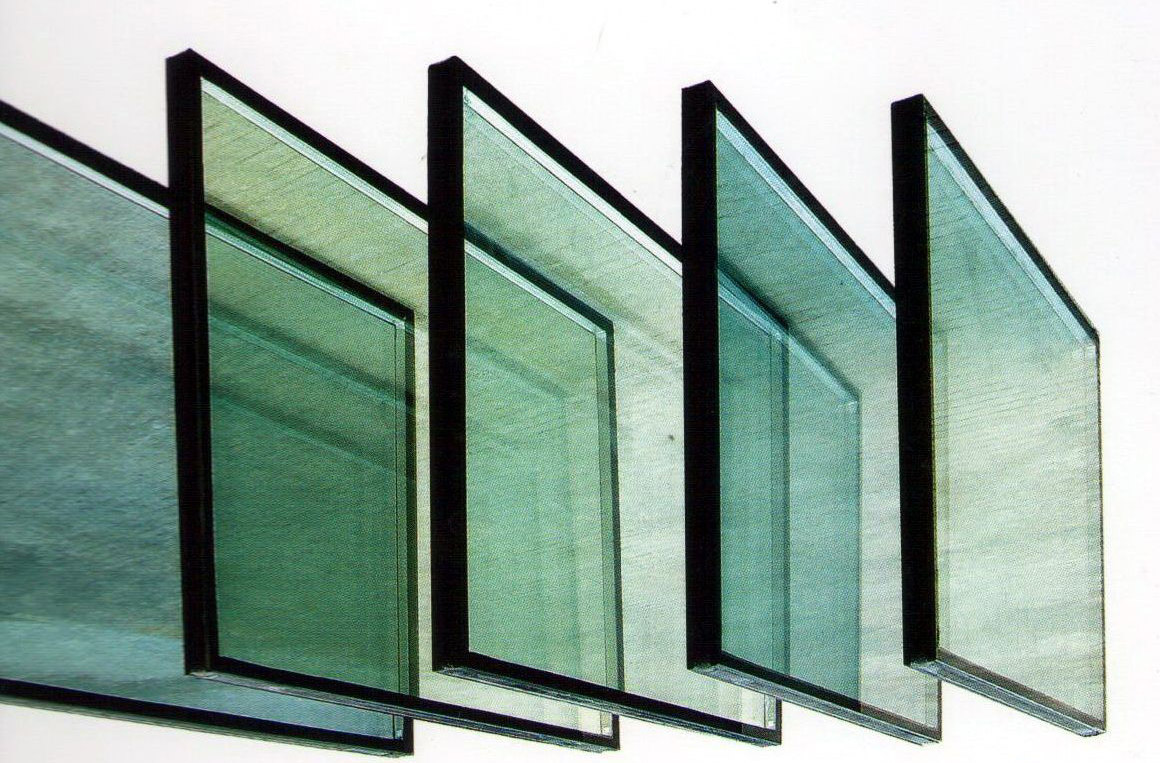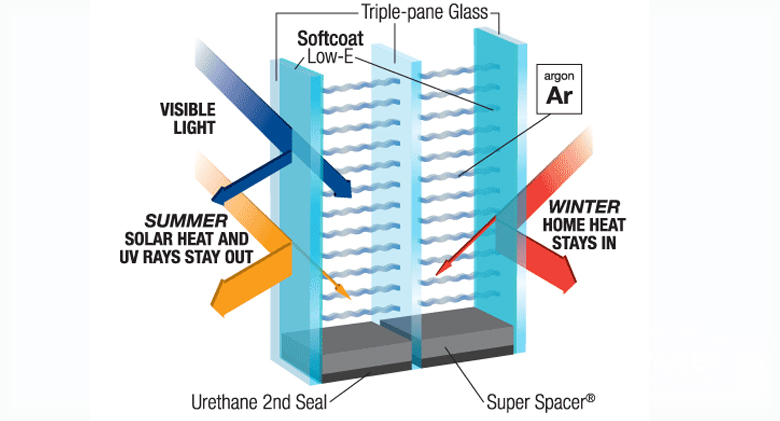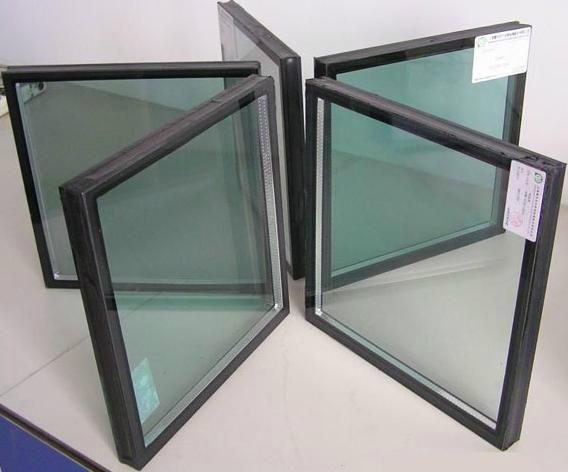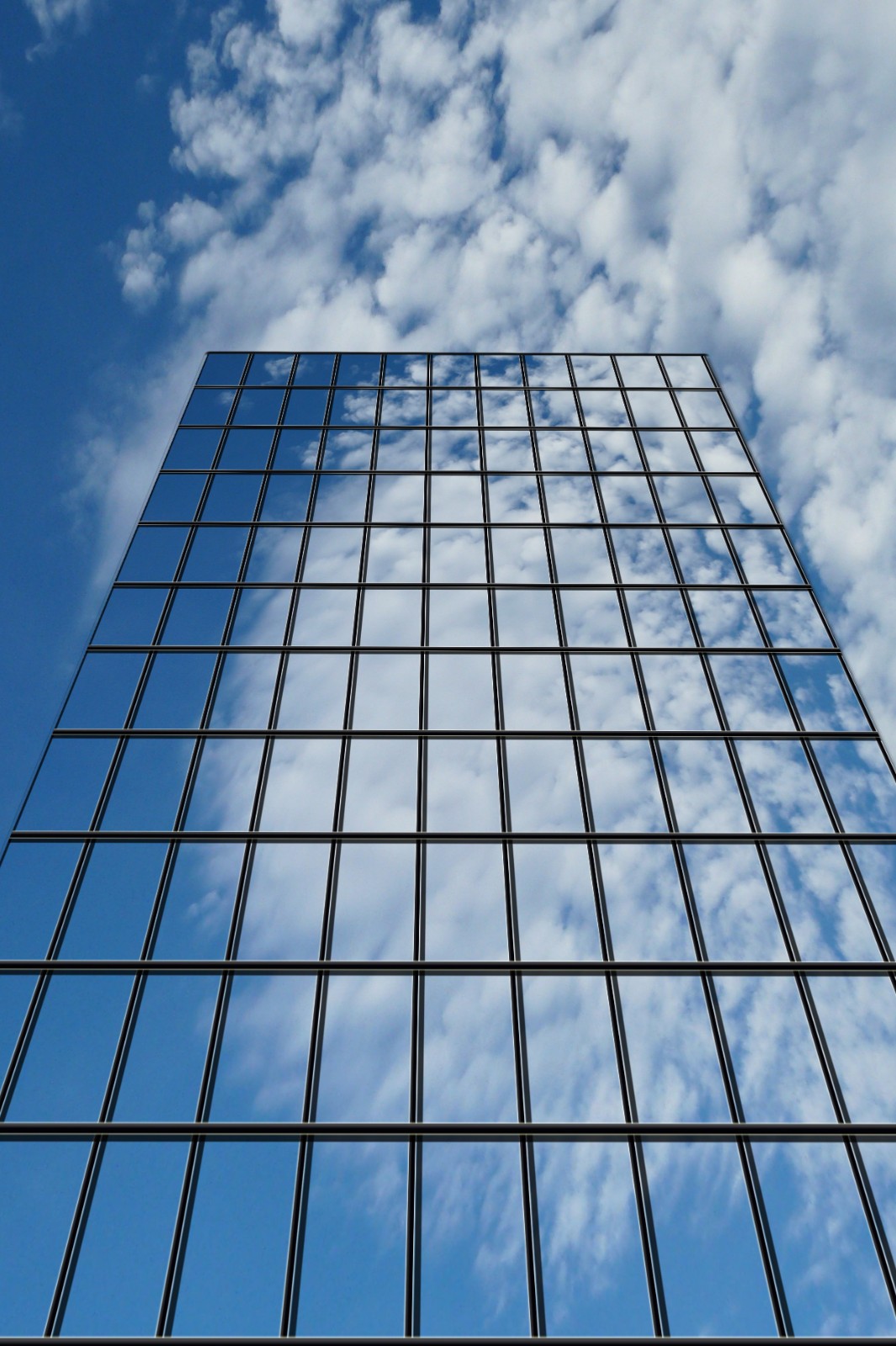How Low E Glass Works

You might think a piece of glass is just a piece of glass, but glass has evolved to do more than just keep out the rain. People often look through the glass rather than at it, and don't give it much thought. We need more energy efficient building materials for our homes, and regular glass simply doesn't cut the mustard. For Windows, the type of glass you choose is a key consideration. Experts estimate that 70 percent of energy loss occurs in doors and Windows, and 90 percent of window heat loss occurs through the glass. Here we explain what Low E glass is, how it works, and which type of Low-E coating is best for the climate in your area.
What is a Low E Glass and How does it works?
Low E coating technology is not new, in fact many regions have been selling these glass types for many years. Low E Glass enables the glass industry to innovate and develop products that make our homes and buildings comfortable, energy efficient and flooded with natural light. Low-E or low-emissivity glass is created to minimize the amount of infrared and ultraviolet light that passes through the glass without reducing the amount of light entering your home. The main difference between Low E glass and regular glass is that Low E glass has a very thin coating on one side of the glass that reflects heat. The coating is thinner than a human hair! This reduces the transfer of heat or cold through the glass, keeping the temperature in your home consistent.
Just as wall and ceiling insulation provides protection for these areas, Low E glass does the same for glass. Coated glass helps provide a more comfortable temperature in the room, more window area can be used as an added benefit, and heating and cooling costs can be reduced. Incorporating better insulation products into our homes makes sense and helps reduce greenhouse gas emissions.

According to the Vitro Glass Education Center, several factors can be used to measure the effectiveness of glass with a Low-E coating:
Solar heat gain coefficient (SHGC) : This is the fraction of incoming solar radiation entering through a window. This can transmit and absorb directly or radiate inward.
U-value: This is a rating based on the amount of heat loss the window allows.
Visible light transmittance (VLT) : Measures the amount of visible light passing through a glass.
Light and solar gain: The ratio between the visible light transmittance of a window and its solar gain coefficient rating.

Here is how the coating is measured by minimizing the amount of ultraviolet and infrared light (energy) that can pass through the glass without affecting the amount of visible light transmitted.

Type of Low E Coat
Passive Low E Coatings(Hard Coat Low E): Passive Low-E coatings are manufactured using a pyrolysis process that results in a pyrolytic coating. The coating is then applied to the ribbon when it is produced on a float production line, which causes the coating to "fuse" to the surface of the hot glass. This fusion creates a strong bond or "hard coating" that is very durable.
Solar Control Low E Coatings(Soft-Coat): Solar control Low-E coatings are applied to glass after the glass has been float process and cooled. Solar control Low-E coated glass must be enclosed in a double-layer glass unit to extend service life and improve performance.

Which Type of Low E Coating Glass is the Most Suitable
Not sure which Low-E glass is best for you? Before you make your decision, it's important to consider the climate in your area:
If you live in an extremely cold climate, hard-coated Low-E glass may be your choice because it allows some of the sun's short-wave infrared energy to pass through the glass. This helps heat your home in winter and allows the glass to reflect the long-wave heat inside.
However, if you live in climates ranging from cold to hot (covering almost the entire United States), soft-coated Low-E glass is the best choice because it provides better UV protection and has a better overall U value. Soft-coated Low-E coatings also reflect warm and cool air back into your room, rather than allowing it to leak outside.

It is also important to consider which type of glass will work best for your home when you are trying to decide which window style, size, and design will work best for your home. Low-E paints play a pivotal role in the performance of your Windows, saving you money on energy costs and significantly reducing fading of furniture and decor by blocking UV rays. Aluguard Windows are made with a variety of high performance, energy efficient glass options to meet your energy performance and budget needs.